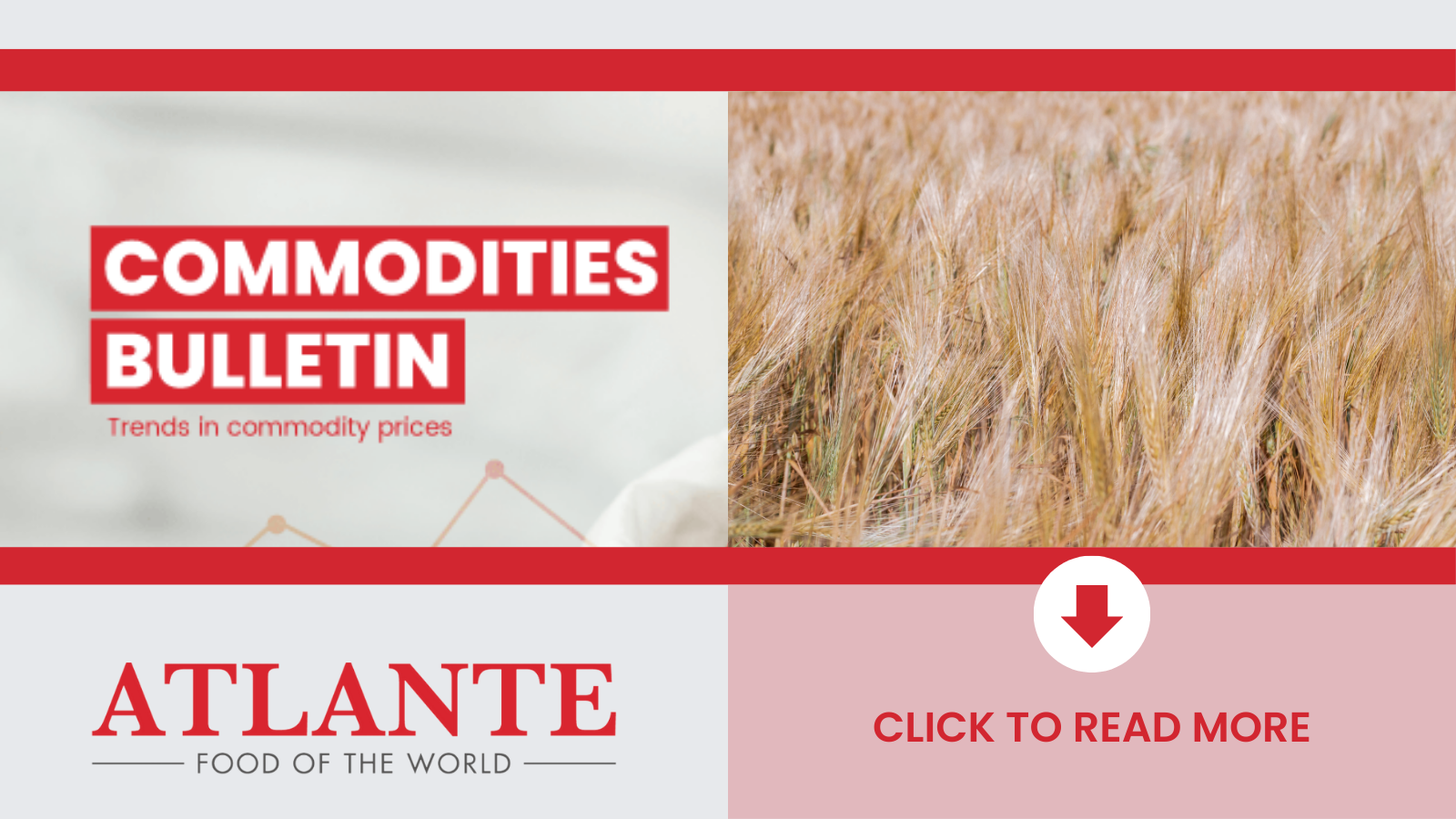Focus on WHEAT PRICES & Cereals [Durum Wheat]
Wheat prices are declining, but the market was exposed to risks from corn, for durum wheat there is...
Thank you for visiting us!
This website does not completely support on Internet Explorer. Please use another browser.
Apologies for inconvenience

Our purchasing strategies are informed by our analysis of commodity markets, especially the declining wheat prices. While there are risks associated with corn, there is a marginal increase in durum wheat production, although global stocks remain ample.
Wheat price developments on the international market are dominated by competition between Russian and European origin. Exports from Russia are on course to reach a record high, and producer prices on the Russian domestic market have declined by 4% since the end of March, while FOB prices in US dollars have remained more stable recently, boosting exports. In the EU, wheat prices were characterised by volatility, while soft winter wheat prices remained more stable, supported by deteriorating winter wheat conditions in the US.
USA: Projected an overall increase of 9% in the acreage sown with soft winter wheat in the US in 2023/24 compared to 2022/23.
EU: French soft wheat conditions are still above last year's level, although drought remains a concern in many areas, both in France and other EU countries. Export forecasts for the EU were revised downwards due to the lack of competitiveness of European wheat in international markets.
THE BLACK SEA: Tensions remain over the future of the 'wheat corridor', with Russia demanding the lifting of certain sanctions as a precondition for the renewal of the agreement due to expire on 18 May. In Ukraine, winter wheat production for the 2023/24 campaign is expected to fall by 5.5%.
The price forecast for the 2022/23 campaign takes note of bearish price movements in the EU market in particular. It is considered unlikely that prices will rebound before the hew harvest. This may be linked to potentially unwelcome news regarding corn planting in the northern hemisphere. Bullish risk factors continue to be the weather in the main production areas as well as price trends for corn, which will be significantly exposed to the risk of drought in the summer, following disappointing Argentine harvests.
To learn more and catch up with the latest news on the commodity markets, download the full bulletin here:
Wheat prices are declining, but the market was exposed to risks from corn, for durum wheat there is...
At Atlante, our dedication to delivering exceptional pasta goes hand in hand with our commitment to...